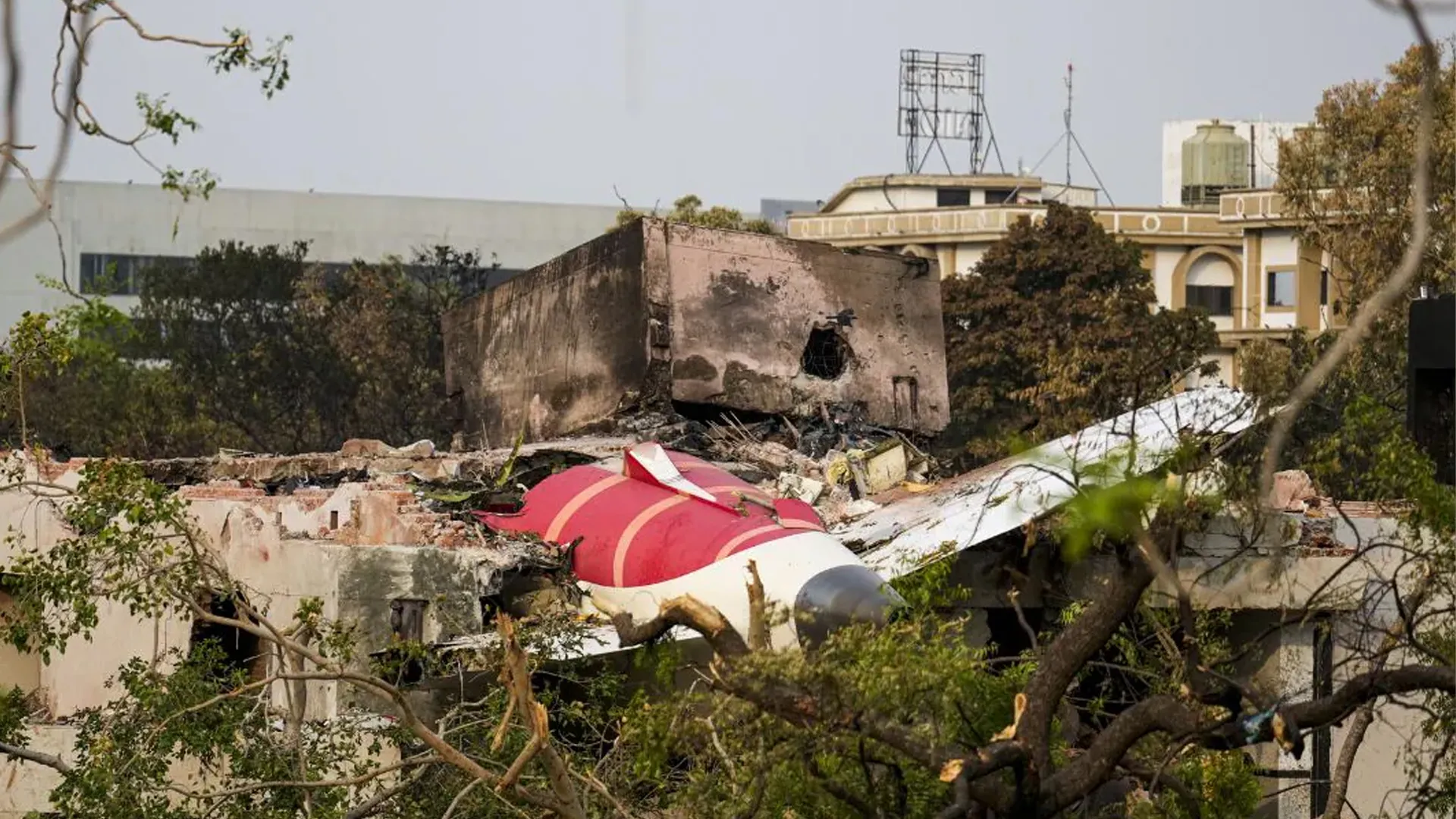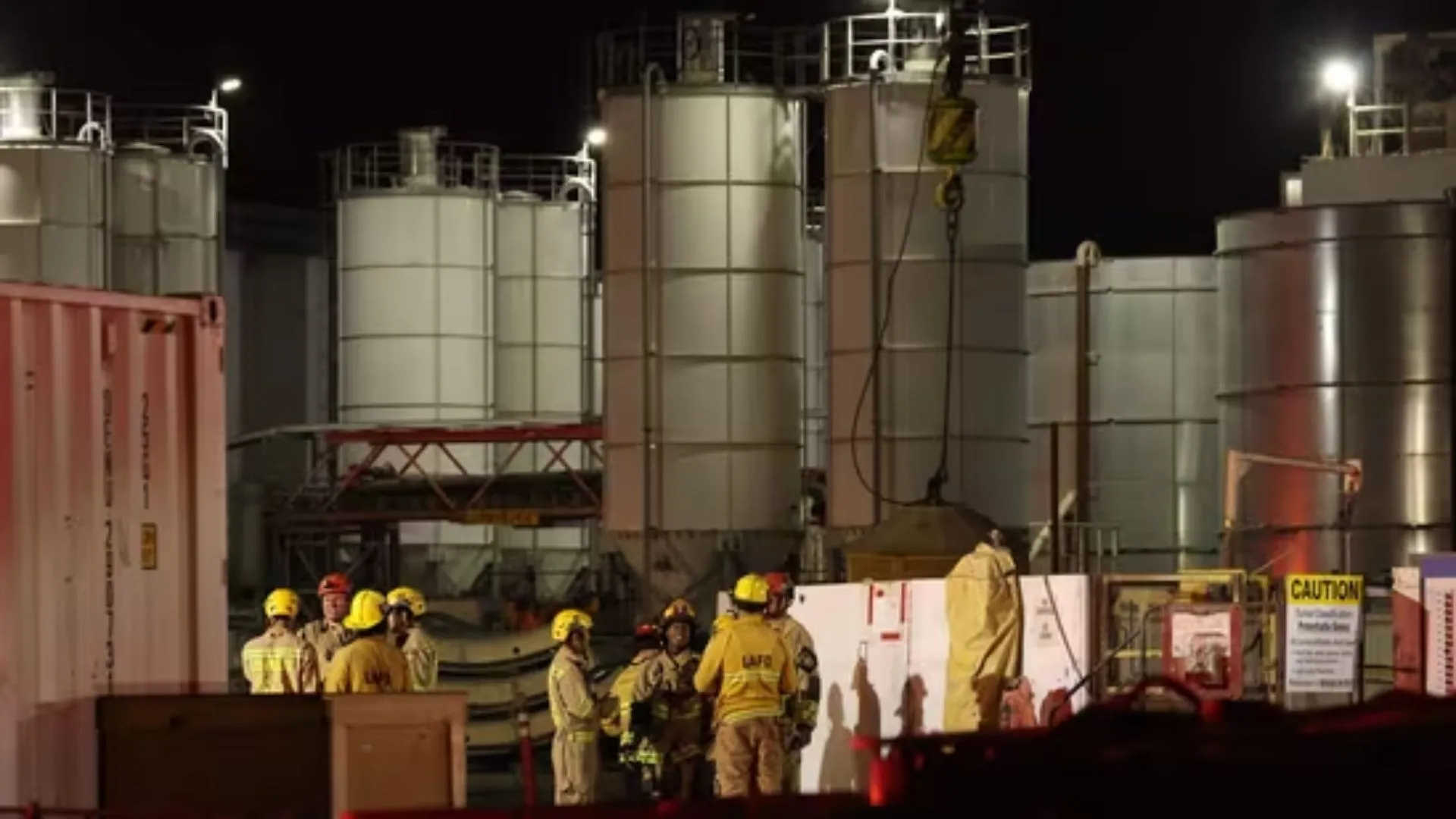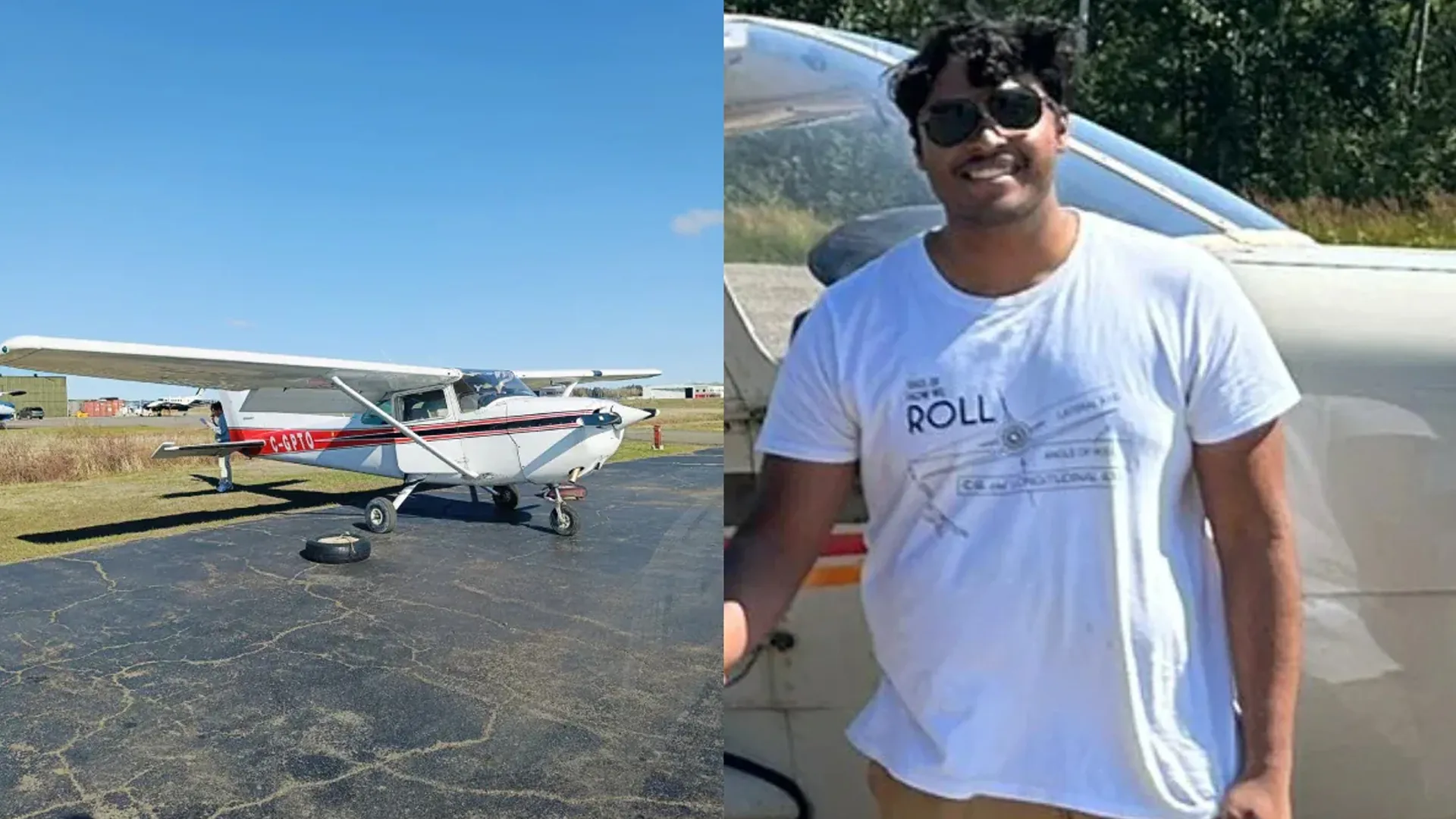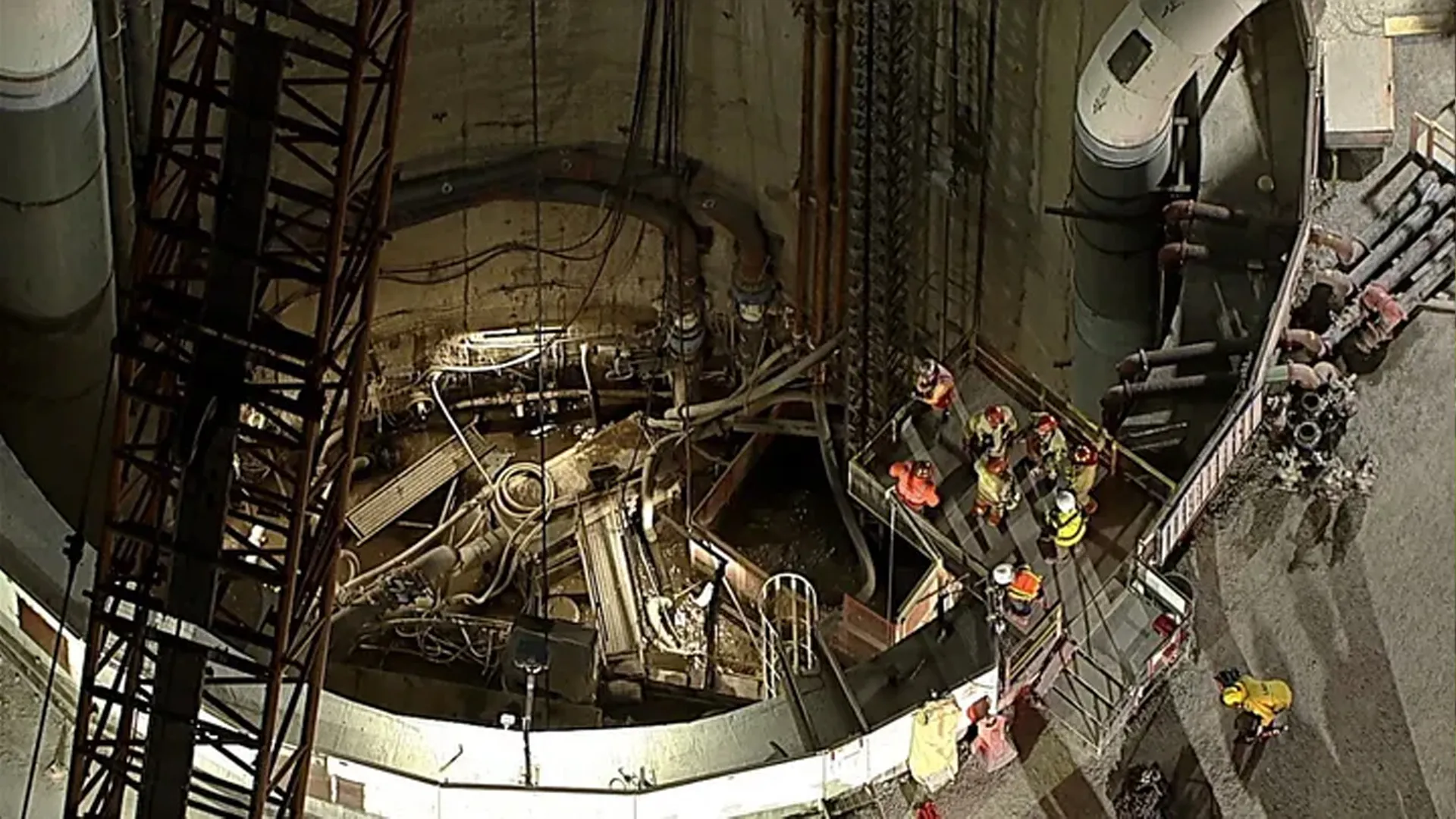A week since the disastrous crash of Air India Flight AI-171 on June 12, in which 260 lost their lives, at least three high-ranking training pilots on Air India’s Boeing 787 planes performed a series of flight simulations at Mumbai. They intended to simulate situations that could have caused the Dreamliner to crash and kill people just minutes after it took off from Ahmedabad.
The simulator test runs were centered mainly on simulating possible electrical faults that might lead to a dual-engine flame-out, a disastrous condition in which the two engines simultaneously fail and leave the plane not able to climb. Even with the pilots’ best attempts, however, the pilots could not duplicate the conditions that would have led to such a failure.
Investigators Target Fuel Switches and Configuration on Crash
Accident investigators, who have retrieved information from the aircraft’s black boxes—the flight data recorder and cockpit voice recorder—are now investigating the location of the fuel switches at the moment of the crash. Investigators will focus on establishing whether the pilots mistakenly switched off one or both engines during the critical takeoff phase.
The authorities will also compare the black box records with any fuel switch wreckage recovered from the crash site to prove their hypothesis.
Simulations Mimic AI-171’s Exact Conditions
To have a precise calculation, the pilots employed the same trim sheet information of AI-171, which computes the aircraft’s weight and balance. During the sim test, they tried various extreme configurations, such as a single engine failure, leaving the undercarriage down, and retracting the flaps completely—a risky and abnormal configuration for takeoff.
The tests were conducted to replicate an underpowered jetliner that was unable to climb. In normal conditions, pilots retract the aircraft’s undercarriage after takeoff to enhance aerodynamics. Test pilots also included incorrect takeoff flap settings to decrease lift and assess the aircraft’s climbing performance in adverse conditions.
Contrary to expectations, the 787 in every simulation test climbed safely away on one operating engine. Every Air India Boeing 787-8 Dreamliner has General Electric GEnx-1B67-K turbofan engines that produce 70,000 pounds of thrust, among the highest available in its class.
Dual-Engine Failure Likely Fatal Crash
Despite the aircraft’s power, a dual-engine failure at low altitude—like in the AI-171 case—would almost certainly prove deadly. Pilots operating the Boeing 787 do not receive training to recover from such failure below 400 feet, a state which is ‘negative training’ given the virtual impossibility of surviving.
Straightforwardly, a failure of the two engines at the altitude AI-171 was cruising, would most likely have led to a crash,” said a senior pilot.
Eyes on the Preliminary AAIB Report
The next Aircraft Accident Investigation Bureau (AAIB) preliminary report, due next week, will be critical in deciding if a double-engine flameout happened and why it happened. Pilots, aviation professionals, and international stakeholders—particularly Boeing and General Electric, maker of the engine—are keeping close tabs on the results.
The AI-171 crash is the first fatal incident on a Boeing 787 Dreamliner since the plane entered service in 2011. With Air India flying 33 Dreamliners, 26 of which are the 787-8 and 7 of which are the 787-9, the results of the inquiry could have far-reaching implications on aircraft safety and operations globally.






















